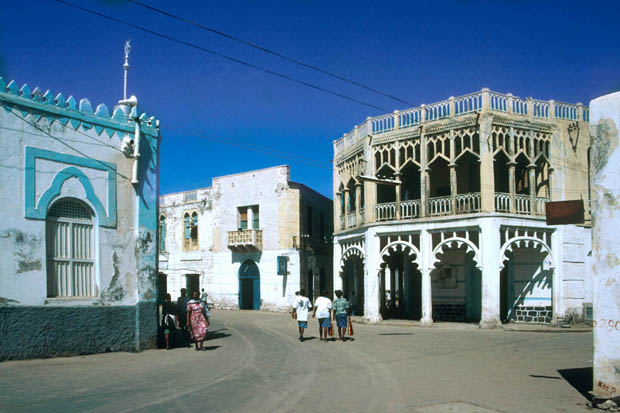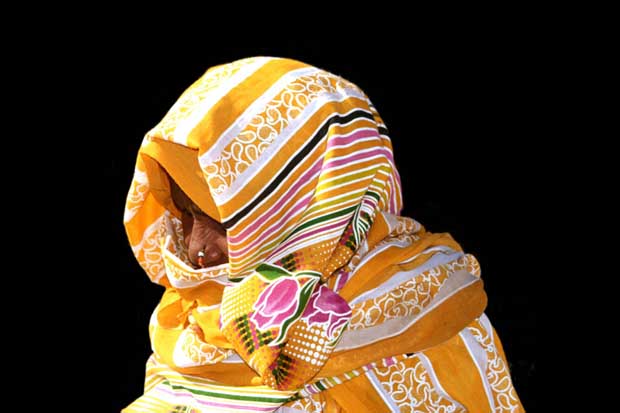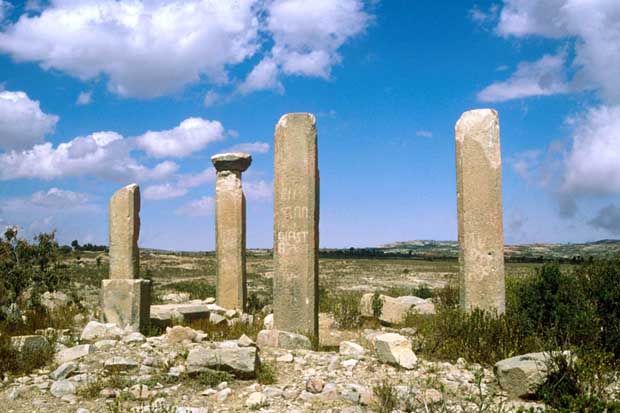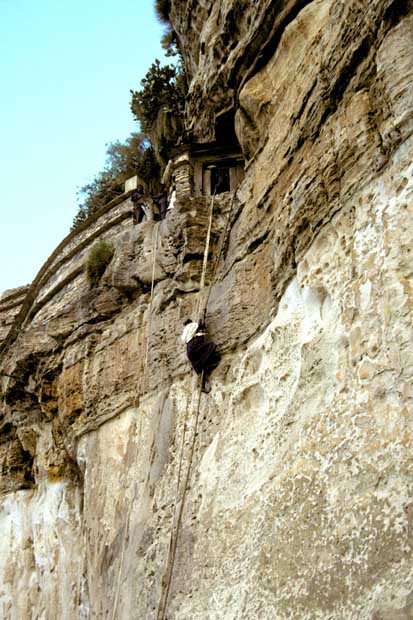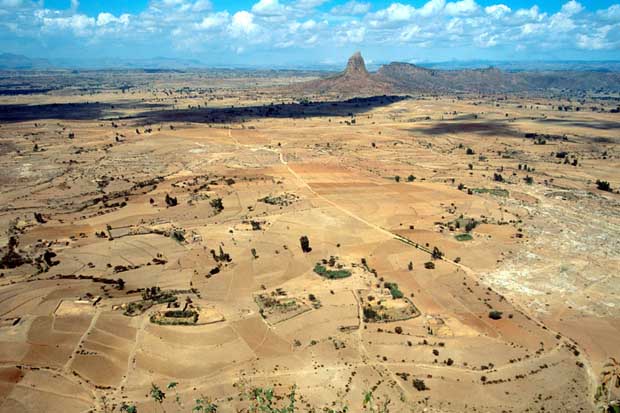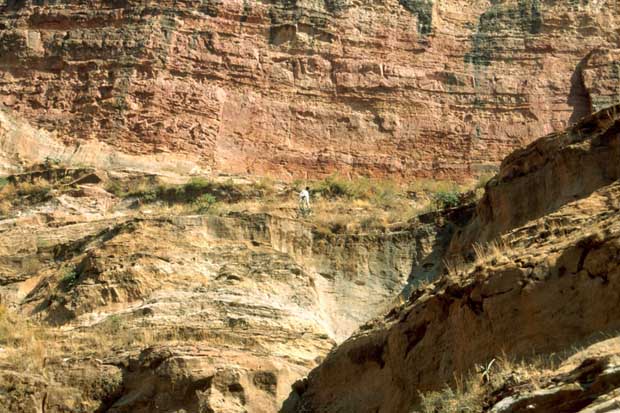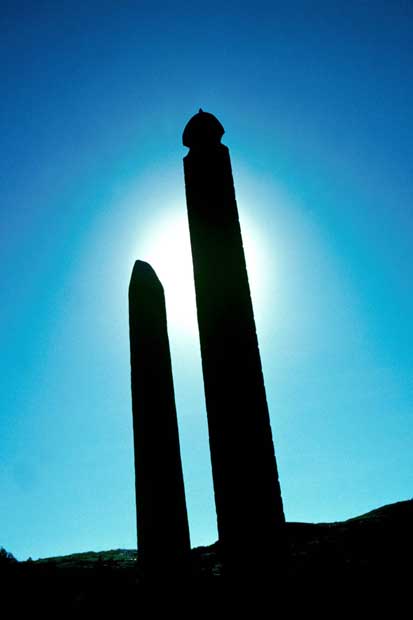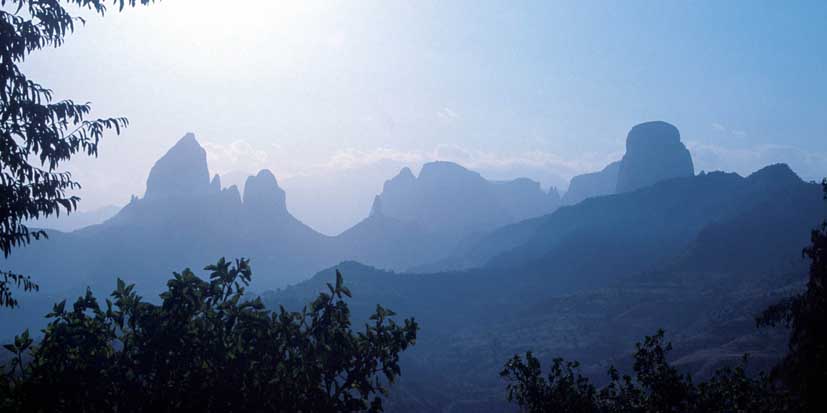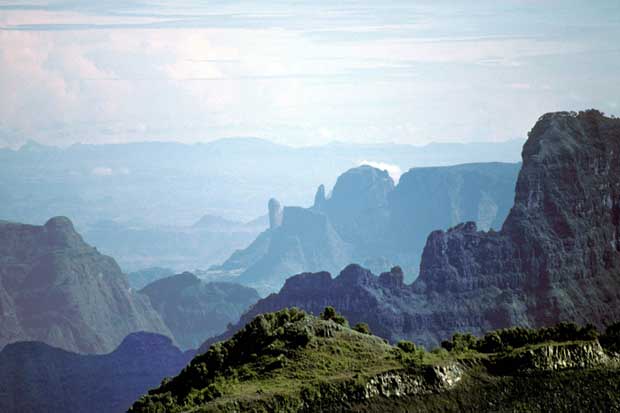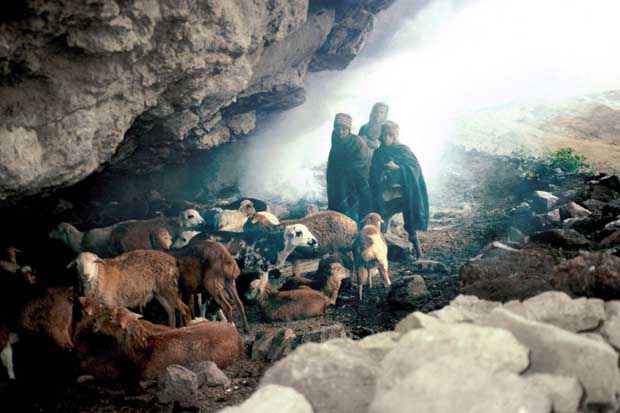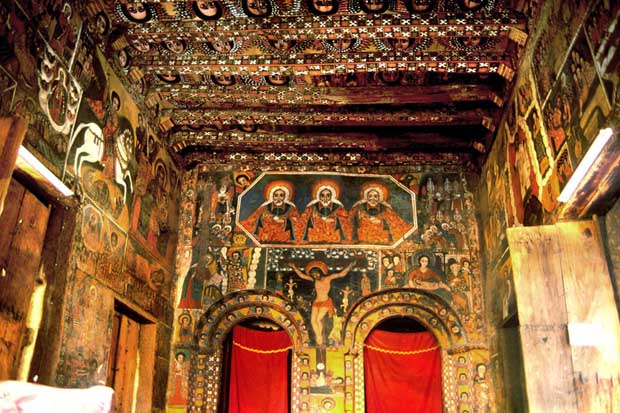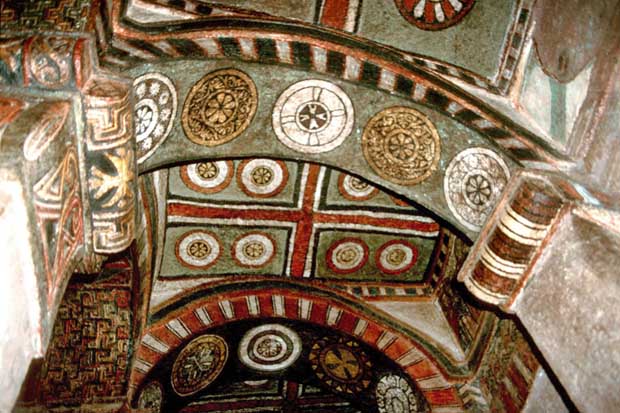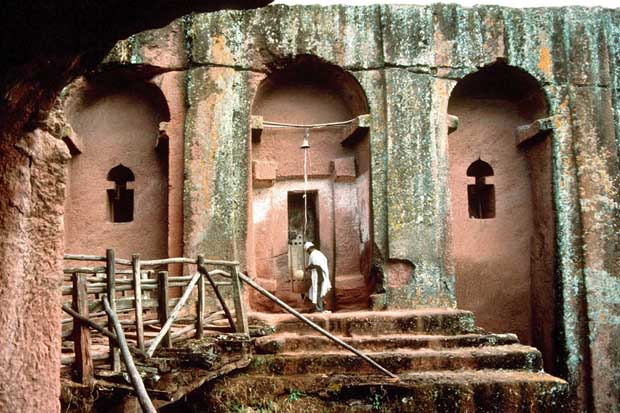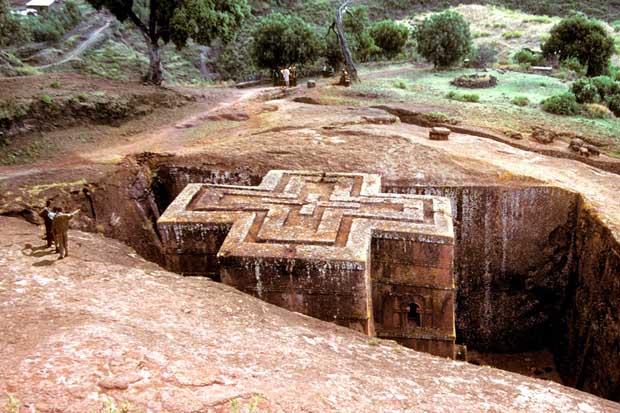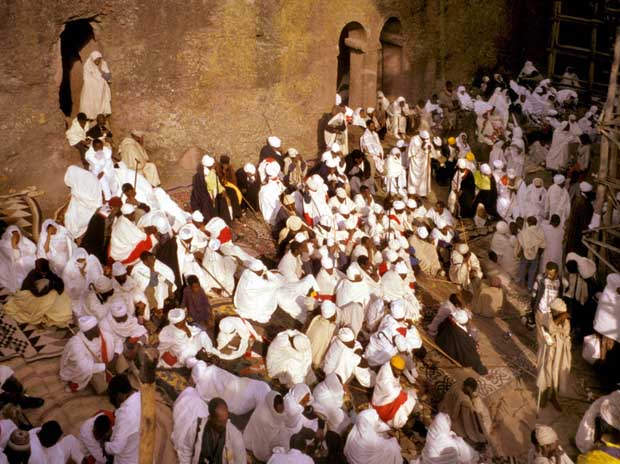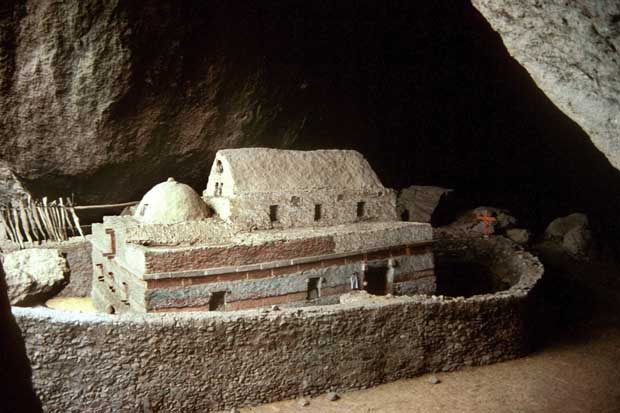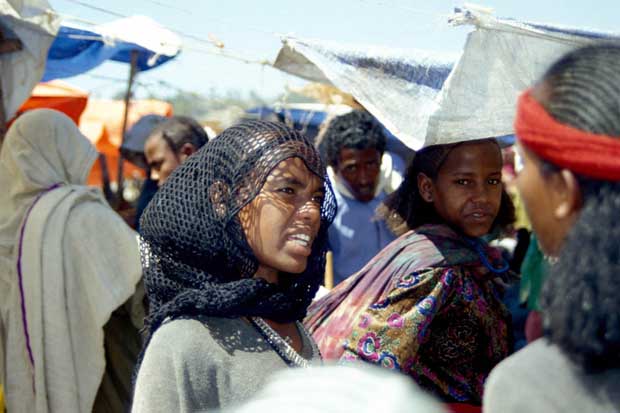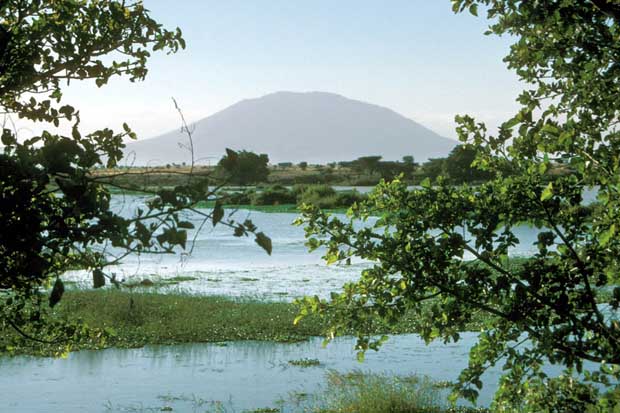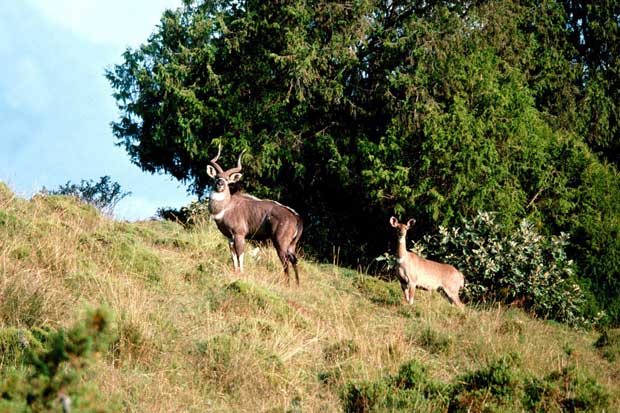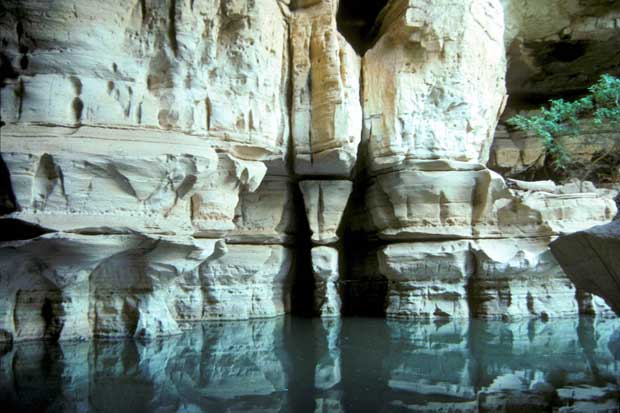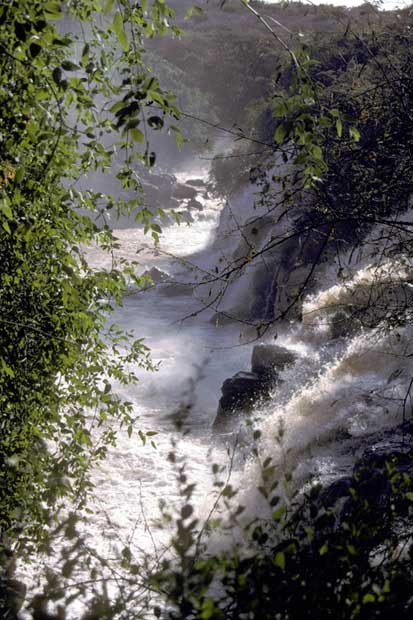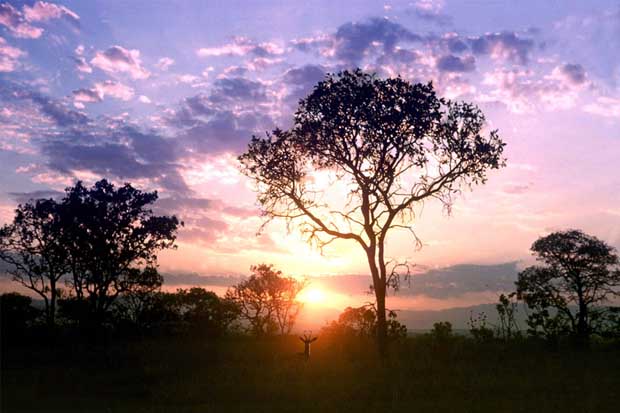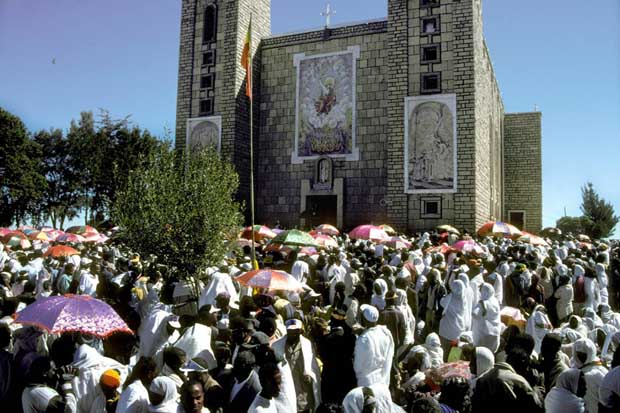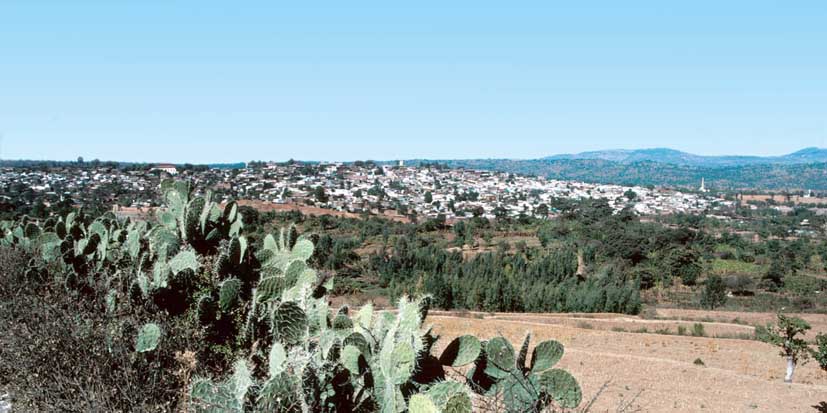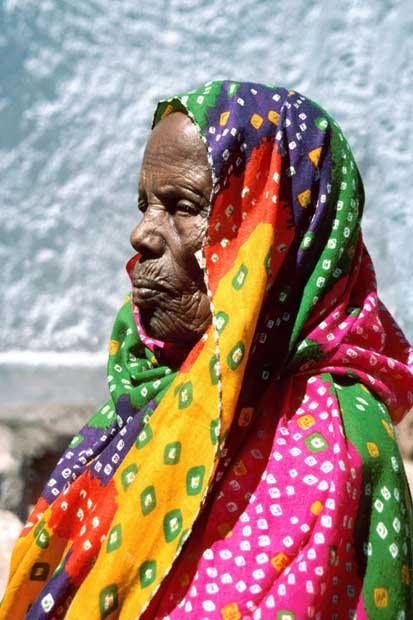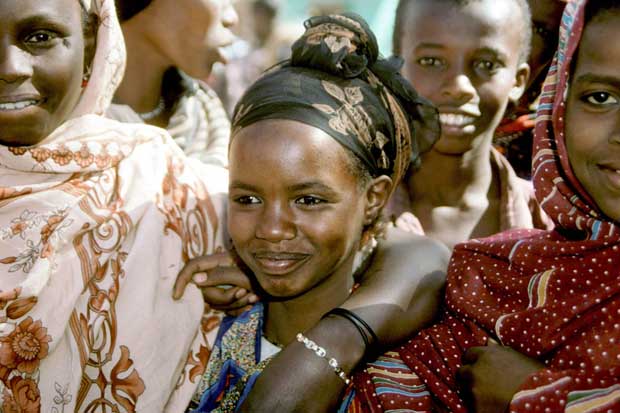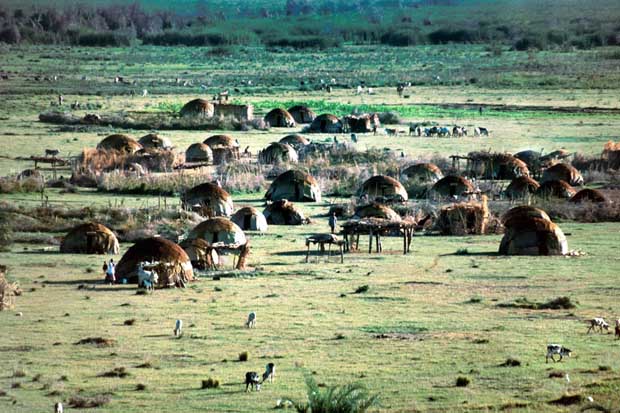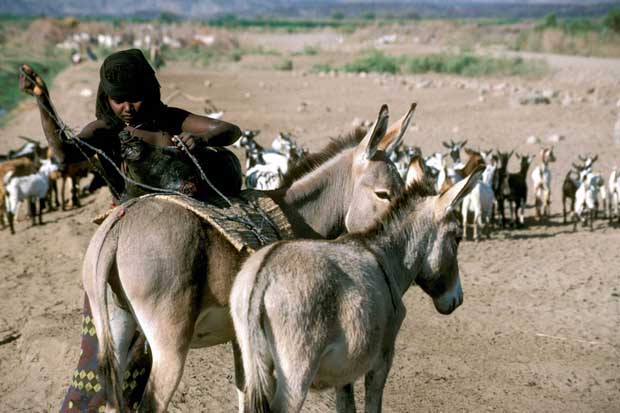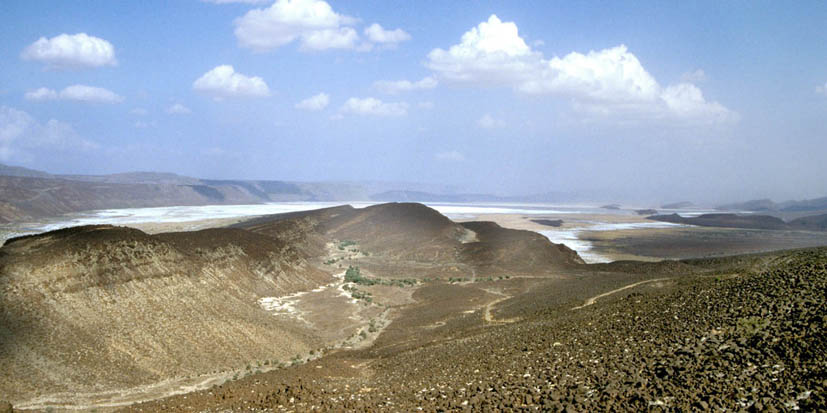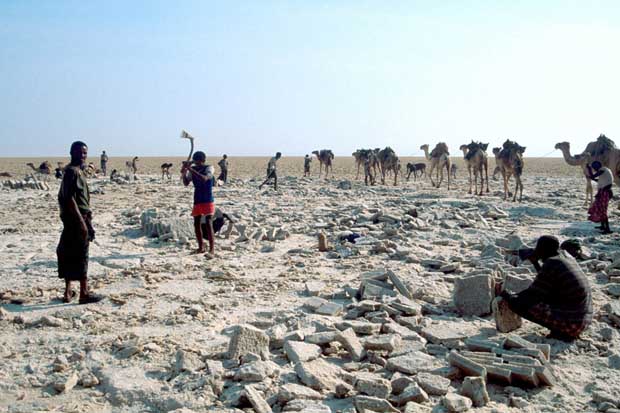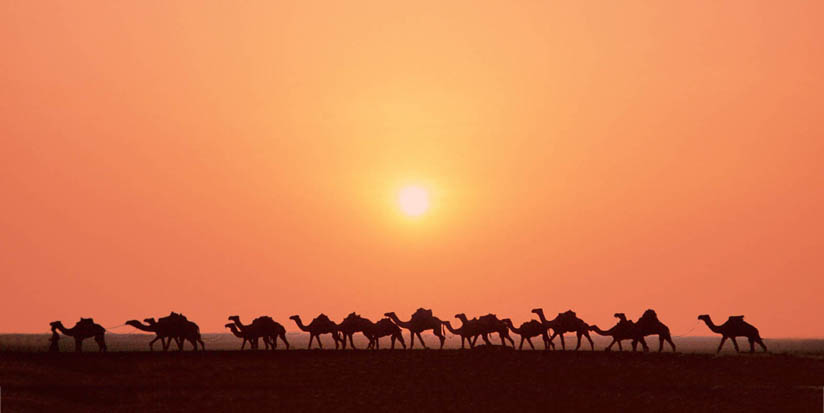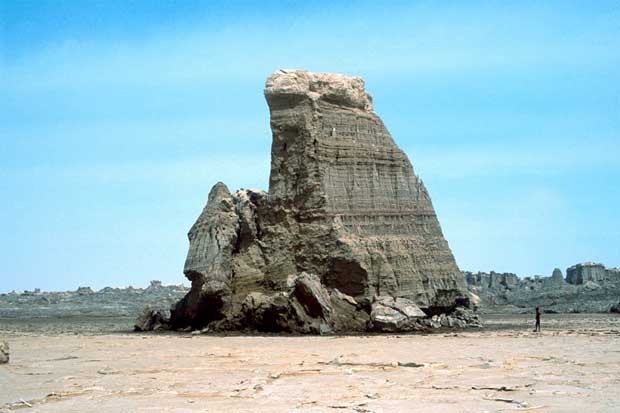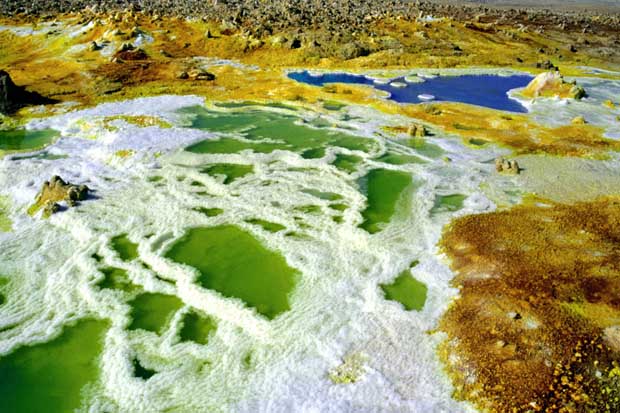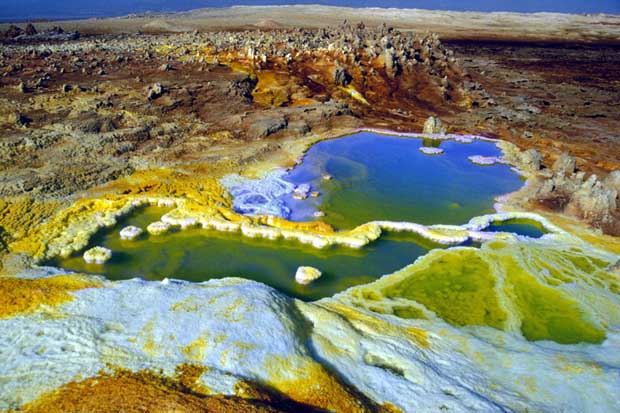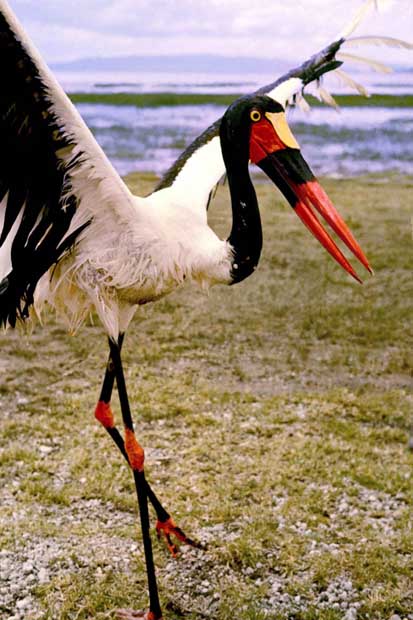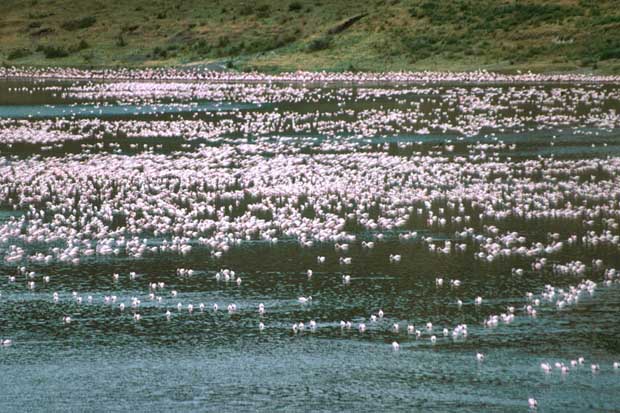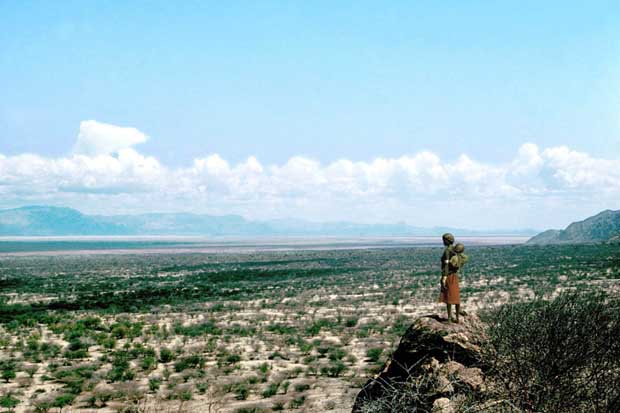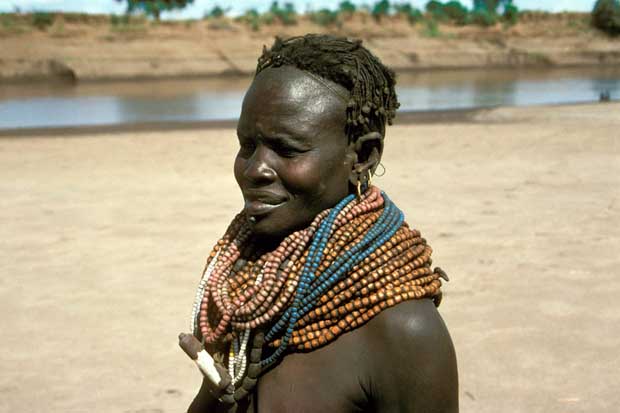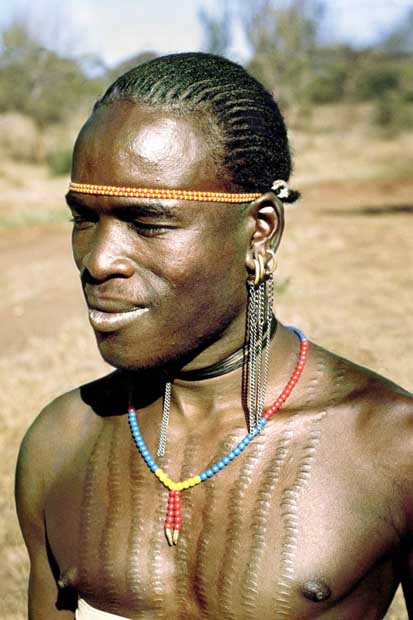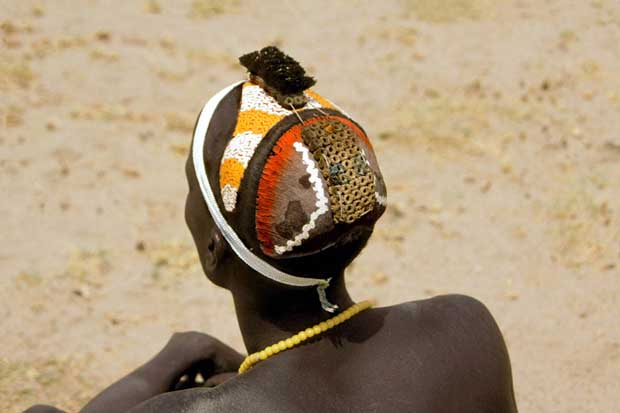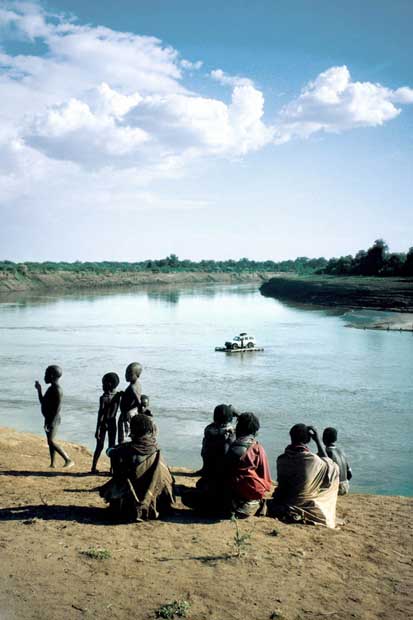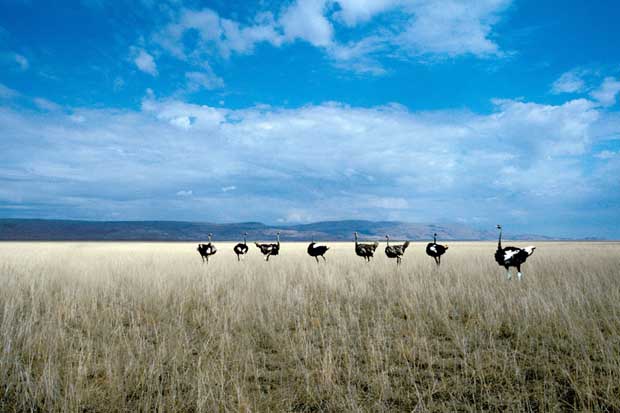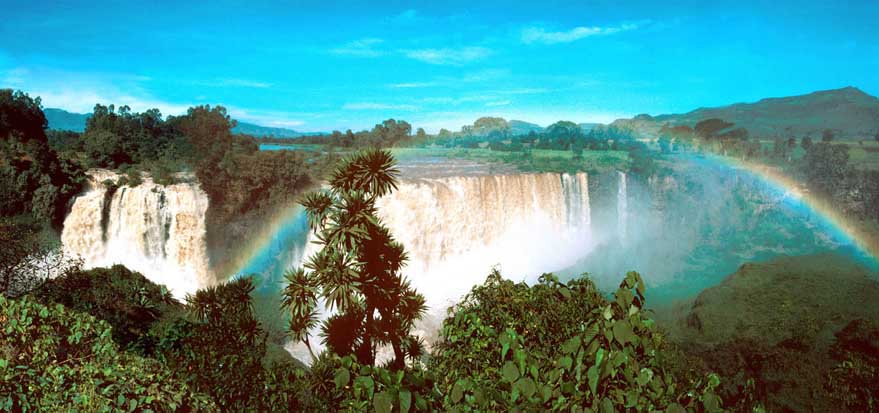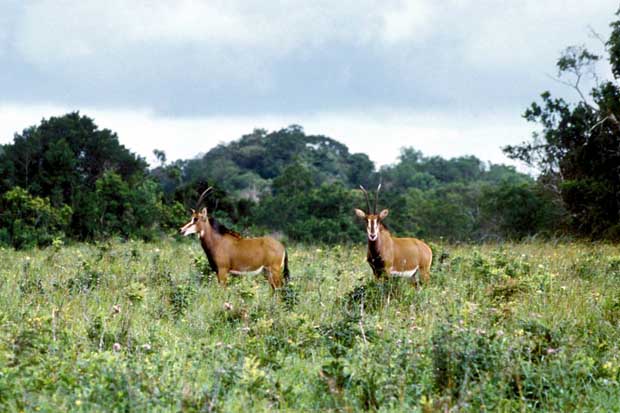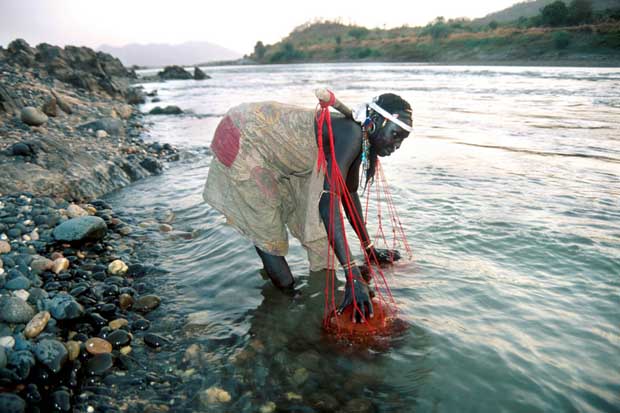by Nicky Di Paolo,
5-6-05
photos by Alberto Vascon
Proverbs reflect different worlds. Europeans say, “Never put off till tomorrow what can be done today” whereas in the Horn of Africa they say that whites want to “save time”, which is nothing since nobody has ever been able to fill a vessel with time: two philosophies, two life-styles, two civilisations, two geographic positions.
Those who have lived for long periods in both places know that when people from the Horn of Africa move to Europe, they are soon seized by the frenetic pace of the west. Likewise, Europeans going to tropical Africa are affected by the slow pace of life and soon wonder why they had been so agitated. If persons in Europe advise Africans to act as they would act, they may therefore be regarded as absurd, if not stupid. This is fine, but everything must obey the logic of Aristotle.
Until about 100 years ago, most populations of the Horn were lineages of noble warriors whose main aim in life was to fight, win recognition and defend their civilisations from conquest by other peoples. In the second half of the 19th century, whites brought guns, cannons, aeroplanes, tanks, helicopters and electronic support which the instinctive, intelligent people of the Horn quickly learnt to use. Small wars became big wars and genuine catastrophes.
Playing at war with modern arms is difficult to understand. The US Department of State defined the second war between Eritrea and Ethiopia as “the most stupid conflict of the century”, since nobody could understand the reason for it.
The main states in the Horn are Ethiopia, Eritrea and Somalia, all of which were Italian colonies at one time, some briefly. So whether they like it or not, Italians are implicated in the fate of these nations. The worst situation is that of Somalia, where a long civil war between different factions is so bloody and out of control that not even the American army could impose a cease-fire.
Between Eritrea and Ethiopia it seems impossible to agree on a border. Both governments lay blame on the other. Now that Eritrea has won its independence, it seems forced to maintain an army that exceeds the country’s economic possibilities. This new state desperately needs peace to get its economy established. Ethiopia is ahead of the other states of the Horn but also suffers the present uncertainty, having border problems to the east as well as to the north.
In recent years, the precarious political situation has been compounded by calamities such as drought and diseases (old and new) which in the absence of health care are holding the Horn to ransom. However, observers agree that stability is not impossible, at least for Eritrea and Ethiopia. Early stability would provide security that would enable both to end the arms race and to invest state money in development.
In antiquity, no part of Africa had the renown of the Horn, especially Abyssinia, but also the Eritrean sea, the Somali coast, the great lakes. Word of these places shone in the tales of writers who had learned about them from travellers. Towards the end of the 18th century, explorers and missionaries began to describe the wonders of the Horn. Around the turn of the last century, the Italians missed their chance to fully realise the beauty of their colonies, so intent were they in consolidating their settlement. In the 1970s, Ethiopia approached tourism in certain sectors from which Eritrea was excluded. However, Eritrea, too, has majestic high plain scenery, valleys of baobabs, forests of giant candelabra euphorbias, the unspoiled Dahlak islands, not to mention the unique Eritrean Danakil desert with its volcanoes and depressions.
After 30 years of war between Eritrea and Ethiopia, everything suddenly seemed possible. But then the war resumed and both countries lost credibility. No such hopes were ever entertained in Somalia, where fighting has never ceased and natural beauty counts for nothing amid the destruction. Unfortunately, there are no recent photos of the beauties of Somalia because nobody has the courage to go there.
In the third millennium, the greatest resources are oil and tourism. The Horn could exploit tourism: Ethiopia does a little, Eritrea hardly at all and Somalia is too busy fighting. These countries have desperate need of foreign currency to rebuild peaceful societies. Poverty, disease and drought are a scourge in one of the most beautiful corners of the earth. The photos of Alberto Vascon, who loves Africa, demonstrate the truth of this.
Beginning with the seaside, the archipelago of Dahlak has 300 islands and thousands of kilometres of coastline, most flanked by pristine coral bays. For Europe this could represent the first true possibility of winter seaside holidays, possibly with excursions into nearby Danakil region, a unique land volcanoes, immense salt lakes and sea. There is truly no place like it in the world.
The highlands of Ethiopia with its landscapes, the ancient ruins of Axum, old and new monuments, mountains, cities, parks and ancient monasteries is a whole new world to discover both on the Eritrean and Ethiopian sides. Ethiopia, much larger than Eritrea, has the Simen mountains which are the most beautiful in Africa, the incredible architecture of rock hewn churches of Lalibela and Tigrai, lake Tana and the source of the Blue Nile, the breathtaking Omo valley with its unique ethnic groups, the fascinating Harar, the wild attraction of Gambella, to name a few. The spectacular area of the Rift Valley was the cradle of mankind that God necessarily decorated with His art.
In a vast area like the Horn, it is realistic to conceive ambitious plans for tourism with the creation of immense natural parks to conserve areas from the contamination that tourism inevitably brings. Ethiopia has already created many parks, but tourist infrastructure is still inadequate.
If the philosophy of the Horn has considered the passage of time an element of no importance that cannot be changed, today this can no longer be realistically accepted. The governments of these countries are at a crossroads: they can continue to invest in arms and keep their countries in a state of alarm, not only preventing tourism but also irreparably damaging the people and their land, or they can together try to make a step towards the peace necessary to stop recession, regain faith in the world and finally open with conviction to tourism and foreign capital.
The splendid peoples of the Horn have been suffering for too long, while the solution is already on the table and awaits only the goodwill of all. The news of free elections in Ethiopia and the consignment of arms in Somalia are rays of hope. If they come true, we will be the first to rejoice for all the people of the Horn who so long await these events.
From Massawa to the Blue Nile
600 images of the Horn of Africa on DVD
